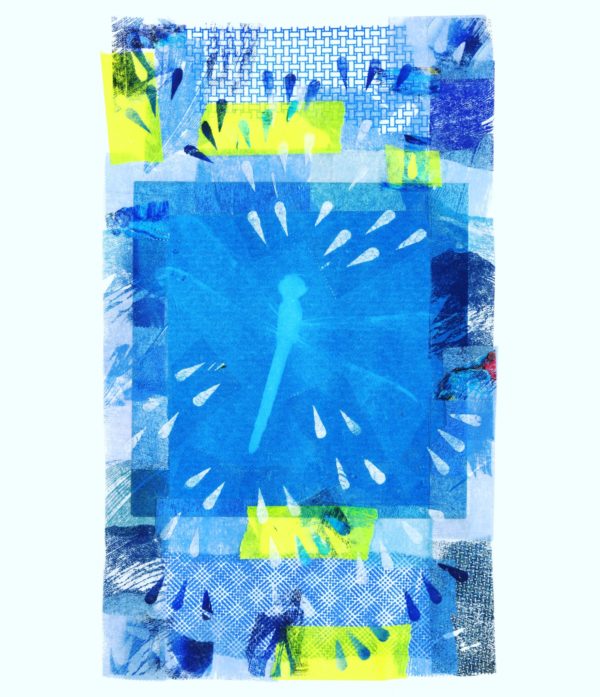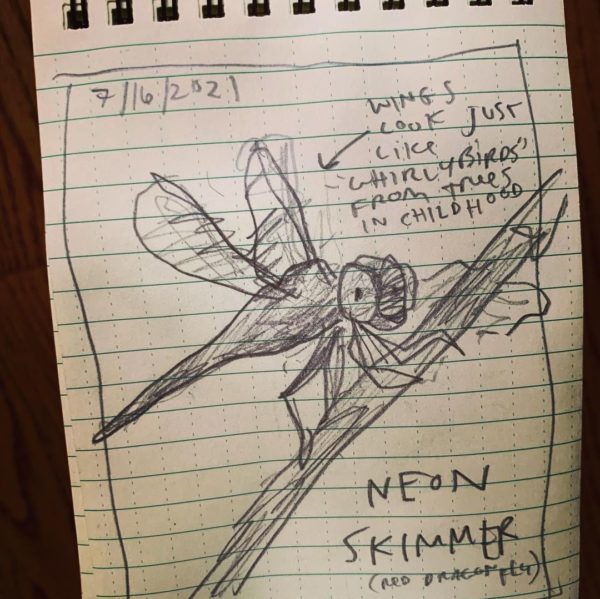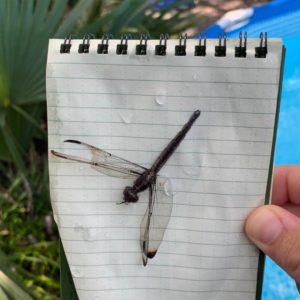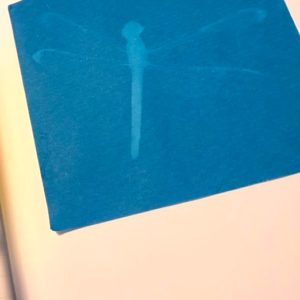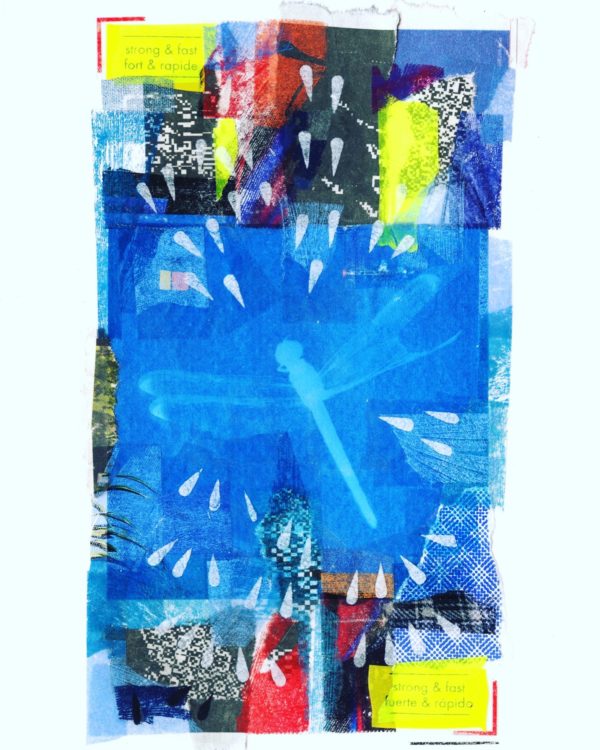
Crimson pepper pod
add two pairs of wings, and look
darting dragonfly
—Matsuo Basho (1644–1694)Today I saw the dragonfly
Come from the wells where he did lie.
An inner impulse rent the veil
Of his old husk: from head to tail
Came out clear plates of sapphire mail.
He dried his wings: like gauze they grew;
Thro’ crofts and pastures wet with dew
A living flash of light he flew.
—Tennyson (1809–1892)Dyed he is with the
Colour of autumnal days,
O red dragonfly
—Hori Bakusui (1718–1783)
Last week I spotted a beautiful “neon skimmer” (red dragonfly) out in our backyard, by our little quarantine pool:
I’d never given dragonflies much thought or attention. They are remarkable to watch. Powerful. They can fly in six directions. “A continuous turning and returning,” wrote H.E. Bates in Down the River, “an endless darting, poising, striking and hovering, so swift that it was often lost in sunlight.”
Like all living things, predator or not, dragonflies are vulnerable. Just a few days ago, I found a dead dragonfly floating in the pool. I fished it out with our net, and laid it on a piece of notebook paper to dry. I decided to memorialize it with a few sun prints, which I later made into the collages you see at the top and bottom of the post.
I wondered what happened to the dragonfly, if it got disoriented or flew too close to the water, or died in the air of some other cause in the air and fell.
I’ve since found out that if you see a dragonfly drowning, you can rescue it and hold it in your hand until it gets its wings dry.
“They do not bite or sting people… They are nothing but good and fair, a sufficient reason for summer to exist.”
When its wings are dry, it will fly off.
* * *
“We have to protect our minds and our bodies, and not just go out and do what the world wants us to do.” When I was reading about how gymnast Simone Biles’ walked away from her Olympic event in order to protect her mental health, I became intrigued with something gymnasts call “The Twisties.”
Here is how Emily Giambalvo described the phenomenon in The Washington Post:
The cute-sounding term, well-known in the gymnastics community, describes a frightening predicament. When gymnasts have the “twisties,” they lose control of their bodies as they spin through the air. Sometimes they twist when they hadn’t planned to. Other times they stop midway through, as Biles did. And after experiencing the twisties once, it’s very difficult to forget. Instinct gets replaced by thought. Thought quickly leads to worry. Worry is difficult to escape.
The first two paragraphs from that article were so poetic, I broke them into verse in my notebook:
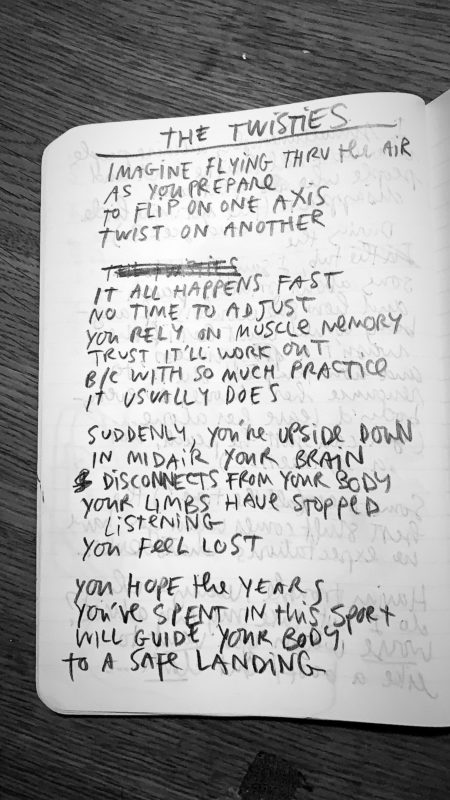
The Twisties are a form of “The Yips.” (Those who are caught up on Ted Lasso will know the term.)
Suddenly, you lose your basic skills. The familiar becomes strange. Your routines collapse. Muscle memory is lost. Everything is upside down.
Obviously, the dragonfly didn’t have the twisties or the yips.
But I might.
Maybe we all do.
When everything is upside down, it can be very dangerous to continue as usual.
One must take care.
Take care, y’all.
